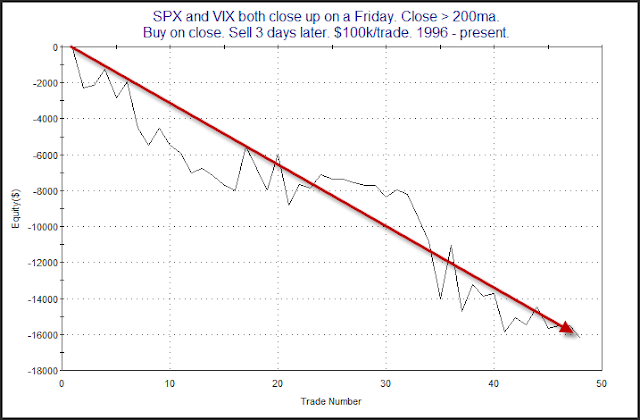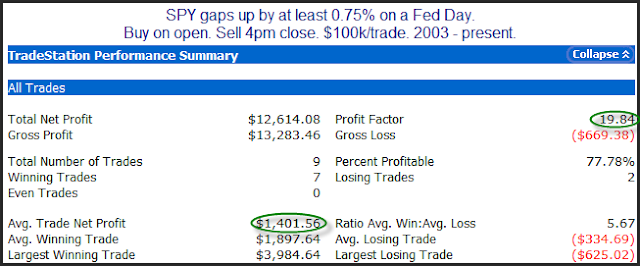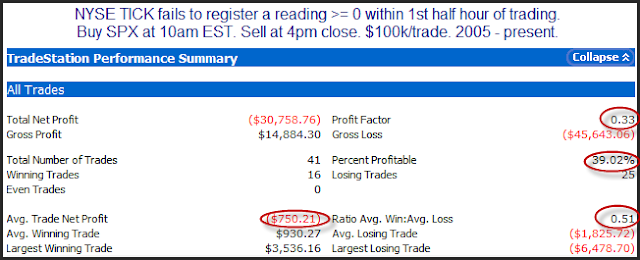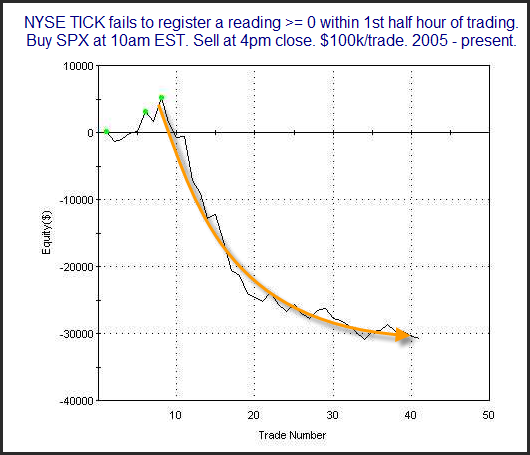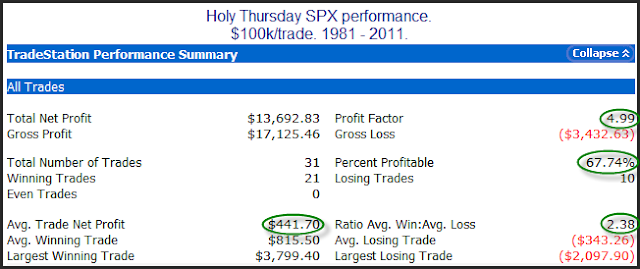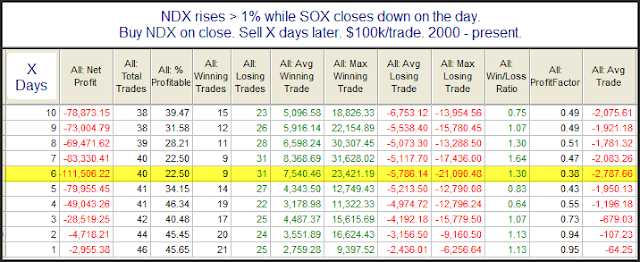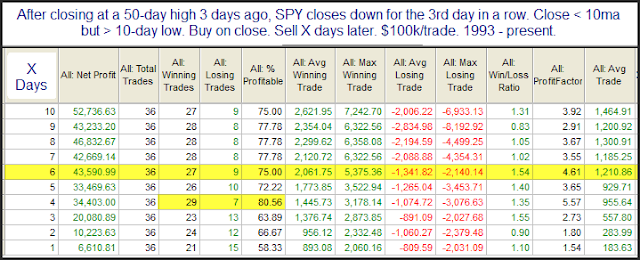The Quantifiable Edges CBI and what it isn’t Saying
I have seen some evidence over the last few days suggesting a bounce is likely. But it hasn’t been overwhelming and there is one thing that has been notably absent – a rise in the CBI. The Quantifiable Edges Capitulative Breadth Indicator (CBI) measures capitualtive selling among S&P 100 stocks. I have written many posts on it over the years, which can be found using the CBI label on the right hand side of the blog. The next paragraph is a brief overview for those that are unfamiliar.
To construct the CBI I simply count the number of active triggers among S&P 100 stocks for my Catapult system. The Catapult System was designed to identify stocks that are undergoing capitualtive selling and are likely to see a strong reversal. When a broad number of stocks are undergoing capitulative selling it suggests the market as a whole is undergoing capitulation and the likelihood of a market reversal becomes stronger. I have generally looked for a CBI of 10 or greater to signify a strong likelihood of a bounce.
Of course there are many successful pullbacks that never see a spike in the CBI. But when selling gets intense I prefer to have CBI confirmation before aggressively allocating. As of now, it appears the CBI would only go from 0 to 1 even with the additional 1%+ selloff the market is enduring today. Again, there is some evidence suggesting a bounce right now, but the CBI is unusually weak. I will be sure to alert readers if we do get a spike in the coming days.
More information on the Catapult System and the CBI can be found in the following places:
Detailed CBI description and discussion of Catapult results from 2008 – 2010.
The new Catapult Exit Designer code and 2011 results.
And of course, all Catapult signals and CBI tracking are inclusive in Quantifiable Edges Gold Subscriptions and have been since the subscription began in 2008.




